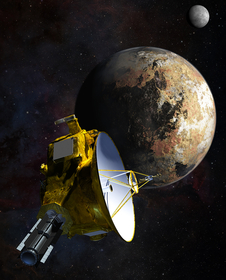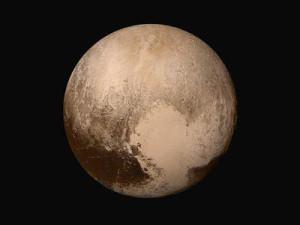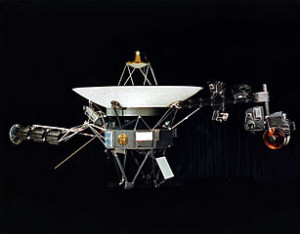
New Horizons
New Horizons was launched in 2006 to fly by Pluto and its moons. The unmanned spacecraft flew closest to Pluto on July 14, 2015. The craft then studied Pluto’s five moons: Charon, Nix, Hydra, Styx, and Kerberos. After its work around Pluto was done, it was given a new mission, to study objects in the Kuiper Belt. It conducted a flyby of (486958) 2014 MU69 on January 1, 2019. After it has passed through the Kuiper Belt, it will study interstellar space. Children could learn a great deal more at: New Horizons.


